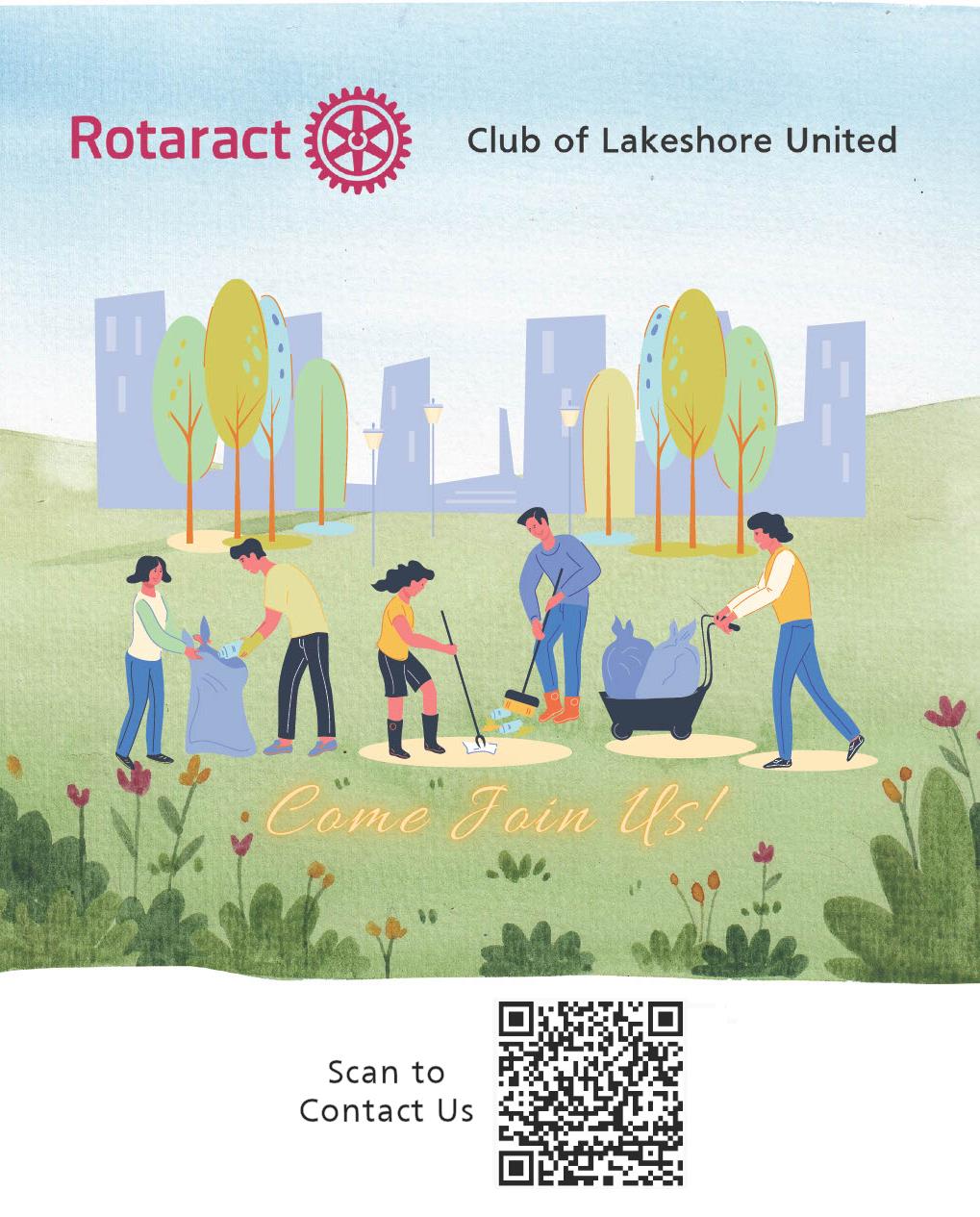District Rotaract Chair Russ Miller explains what it took to found and build the truly innovative Lakeshore United Rotaract Club:


1. Research
Took the time to do a basic market study of the area the club would cover, looking for looking for areas of focus not covered by the three Rotary clubs in the area. I started with ethnic minorities and slimmed the focus down to three more specific groups, Hispanic/Latino, South East Asians and African. The ethnic market for the area of focus showed roughly 30% minority population: 23% are Hispanic/Latino. Next came Asians, then African.
Took the time to do a basic market study of the area the club would cover, looking for looking for areas of focus not covered by the three Rotary clubs in the area. I started with ethnic minorities and slimmed the focus down to three more specific groups, Hispanic/Latino, South East Asians and African. The ethnic market for the area of focus showed roughly 30% minority population: 23% are Hispanic/Latino. Next came Asians, then African.
 2. Looked for Leaders
2. Looked for LeadersGathered names of the most influential leaders in each grouping representing the area of focus. Again, primarily Hispanic/Latino. I was looking for recommendation of outstanding young business/professional types in the age range 20 - 40.
3. Asked for Recommendations
Starting with six recommendations, I met and interviewed each candidate. From this group a leader was chosen, Michael Cuellar, as the charter president.
4. Recruitment
Working together, Michael and I recruited the initial fifteen members to make up the officers, board members and key committee chairs for the new club. It took nine months to recruit the initial fifteen members, because we were very selective.
5. Building the Club
From this point on, the club, via strong leadership, has been able to attract multiple quality candidates to choose from.
Youth development is a key focus area of the Lakeshore United club. For example, Lakeshore sponsors the West Ottawa High School Interact club. Charles Elwood is the club sponsor, the first non-school administrator and or faculty member to be an approved club sponsor. A behind the scenes guy, who is a member of the board and always there when needed, Charles has become the lead liaison person between the two Rotary clubs in Holland and the Rotaract club. Because of Charles leadership and willingness to support other club projects, he has done a great deal to promote Rotaract.


